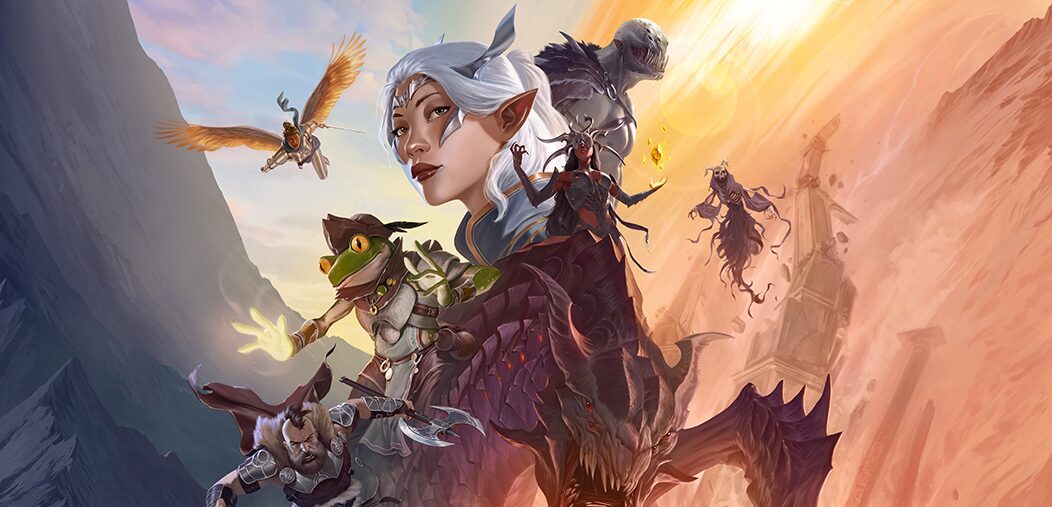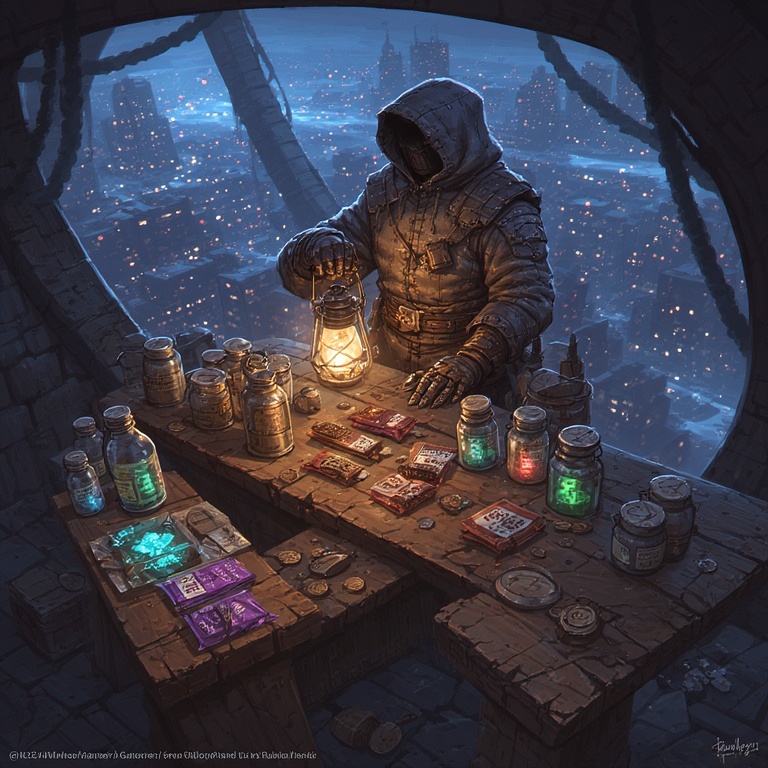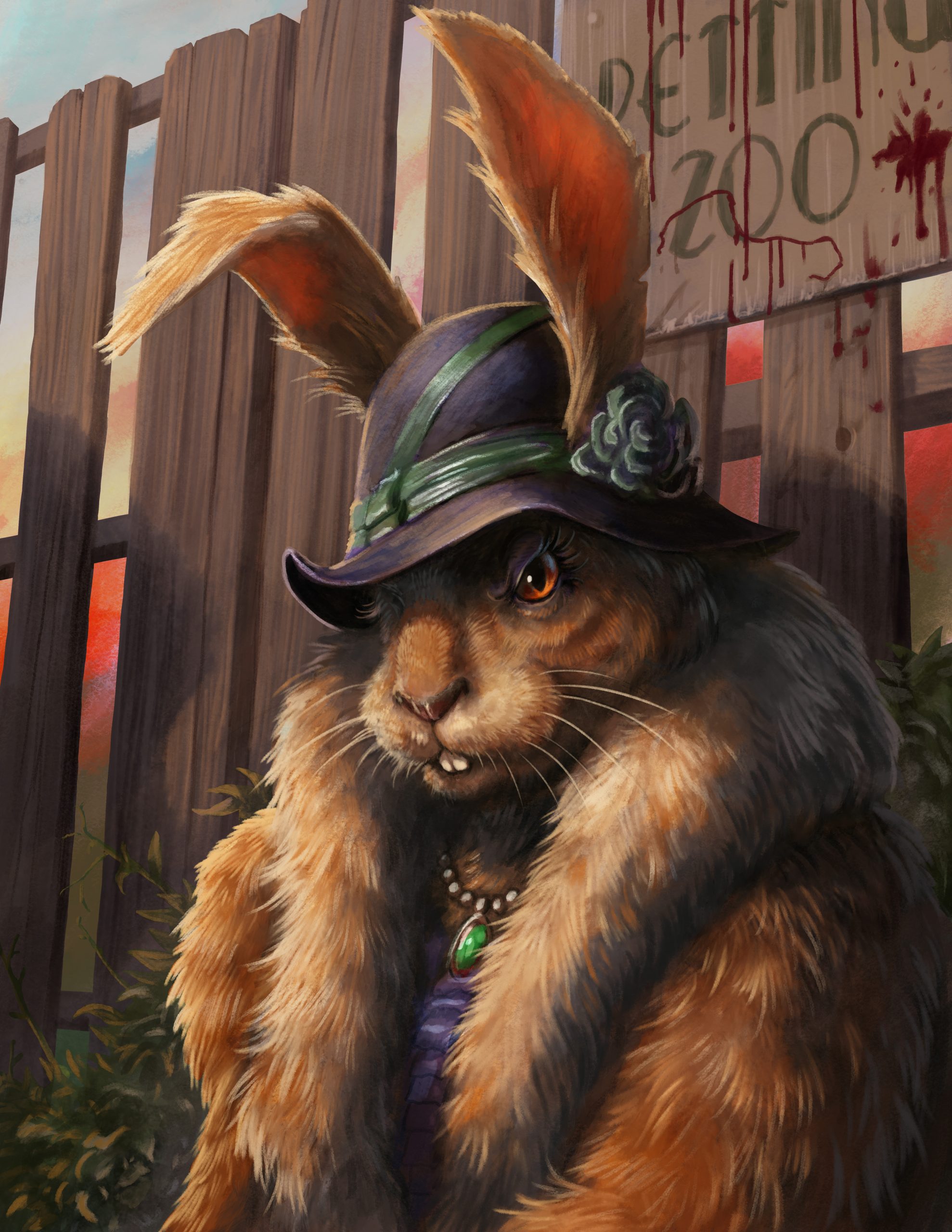
The Monkey Orchid: Nature’s Trickster in Your Campaign
One of the wonders of our own world is a little flower called the Monkey Orchid. Native to high-altitude forests in South America, its petals naturally form the startling face of a tiny simian. Looking  at it feels like stumbling across a secret joke that nature has been keeping to itself. It’s one of those reminders that the world is stranger and more magical than we often give it credit for—and as Dungeon Masters, it’s an absolute goldmine of inspiration.
at it feels like stumbling across a secret joke that nature has been keeping to itself. It’s one of those reminders that the world is stranger and more magical than we often give it credit for—and as Dungeon Masters, it’s an absolute goldmine of inspiration.
So how can a flower that looks like a monkey inspire something fantastical at your table? Here are a few ways you could turn the Monkey Orchid into a creature, hazard, or magical wonder.
🌿 The Mischief-Making Bloom
The simplest twist is to lean into the orchid’s simian resemblance: the blossoms are magical lures that summon actual monkeys. Any creature that inhales their pollen risks drawing in a troop of chittering, thieving monkeys within 1d4 minutes. These primates aren’t necessarily hostile—but they’re always curious. Imagine the chaos when they run off with the wizard’s spellbook or the rogue’s thieves’ tools.
Game Use: Treat this as a regional effect. While within a grove of Monkey Orchids, the DM can introduce random encounters with monkeys, baboons, or even more exotic simian creatures like girallons.
🌱 Plantfolk Masqueraders
Perhaps the Monkey Orchid isn’t just a flower—it’s the face of something watching you. Imagine small plantfolk, resembling monkey-spirits woven from vines and petals, who hide among the blooms. They giggle in rustling leaves, scamper across branches, and prank intruders who stumble into their grove.
Game Use: Stat them like quickling fey or vegepygmies with a mischievous flair. They could be allies if treated with respect, or menaces if their flowers are harvested.
🐒 The Orchid Familiar
A clever twist would be to make the Monkey Orchid the seed of a magical bond. A wizard or druid who nurtures one may find it blooms into a tiny plant-monkey familiar. This familiar could crawl along vines, chatter warnings, or mimic voices faintly through rustling leaves. It would be a strikingly memorable companion—equal parts adorable and eerie. you could use
🌸 Hazardous Blossoms
The face of the Monkey Orchid isn’t always smiling. In darker regions of the world, they might be predatory plants whose “faces” lure in curious animals (or adventurers). Once close, vines lash out to entangle prey. The monkey “faces” scream when threatened, calling more orchids awake in a cascade of eerie jungle echoes.
Game Use: Treat them like a variant shambling mound or assassin vine, with the added twist of a sonic lure that can impose the frightened condition.
🌍 Why It Matters
When we bring real-world wonders into D&D, it helps reinforce the sense that the world itself is alive, unpredictable, and deeply strange. Your players will never forget stumbling across a field of Monkey Orchids that suddenly burst into the chatter of spectral monkeys, or discovering that a “flower” was actually the mask of a vine-creature spying on them.
Nature is already magic. Our job as DMs is to just tilt it sideways a little, and let that magic spill into the game.
⚔️ DM’s Tip: Next time you’re prepping an adventure, look up a list of “strangest plants” or “weirdest animals.” Pick one, and imagine how it might twist into the magical ecology of your setting. The Monkey Orchid is just the beginning—who knows what other wonders your players might stumble upon?
Thanks for reading. Until Next Time, Stay Nerdy!!










No Comments